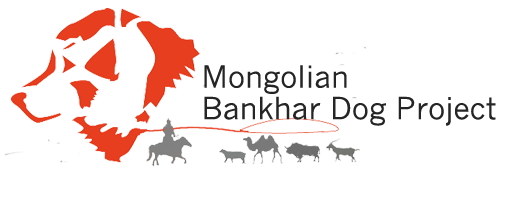Content in this blog post contains material that may be disturbing to some readers, including pictures and comments about killing livestock.
Last week I had my first experience with real Mongolian food. In the countryside, meat is the most readily available food and a staple in the Mongolian diet. And being the industrious, resourceful people that they are, Mongolians use pretty much everything. Batbaatar (Baagii) and I were visiting our caretaker Miigaa’s ger along with Miigaa’s brother and I found myself seated before a very large metal bowl containing a variety of innards. I had heard of this quintessential part of the Mongolian experience. Organs. Lots of organs. I knew this moment would come, and I was ready. Mongolians are typically very hospitable to guests and, without skipping a beat, one of Miigaa’s brothers offered me his knife and gestured for me to start eating. And eat I did! The textures! The smells! No, it was not enjoyable, but I tried to remain present and concentrate on the unique opportunity I was afforded. In a beautiful ger surrounded by kind-faced people with whom I can’t communicate and they include me anyway, and offered food of a nomadic culture that most people only get to see in photographs… Sipping tea helped and I think I successfully executed my polite guest role. I consider myself an open-minded person when it comes to food, but I can’t imagine getting used to this on a daily basis. Since then I have had several meals that are pretty good – like Aarts, a milky tea that has sort of a sour tang to it, and the soup they make with flour and meat. The other day I had some marinated horse heart that was pretty fantastic.

The food-learning doesn’t end there! That content warning is there for a reason! Later that day we drove several kilometers to Miigaa’s brother’s ger to slaughter Miigaa’s cow. Yeah, things were really coming full circle. Four men took the small reddish cow a few paces from the hasha and started the process by severing its spinal cord right behind the head with a knife, causing the cow to fall to the ground. Next they cut its heart, starting the slow and lengthy flow of blood that pooled in a bright puddle in the snow. We waited several minutes for the convulsions to end. The men then descended upon the animal with grace and efficiency, each person working on a different part of the cow to first remove the skin, the feet at the knee, and on to separating and cutting up the entirety of the animal. Miigaa’s brother’s wife came out to start processing some of the organs, squeezing whatever material was left behind in the cow’s stomachs and intestines. In a matter of maybe 30 minutes, what had once been a standing, breathing cow was neatly packed into the bed of the Ford Ranger. Batbaatar explained to me that it takes much longer if the animal were bigger. Before now I had only seen chickens getting slaughtered and processed. There was a certain energetic charge to the large animal, seeing it passing from being alive to being turned into sustenance. For these people living in the countryside, this is a regular activity – raising their livestock, harvesting their food. The connectedness and immediacy between them and the resources they need to survive could easily be idealized or typified. Isn’t this way much of the western world romanticizes nomadic cultures? But for them, it seemed like this cycle was a given; it’s obvious, it’s simple, it’s just life.
Some photos from the cow slaughter:











